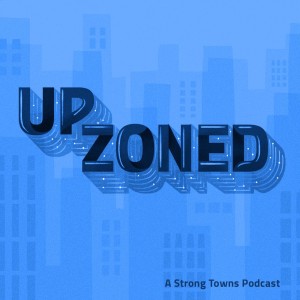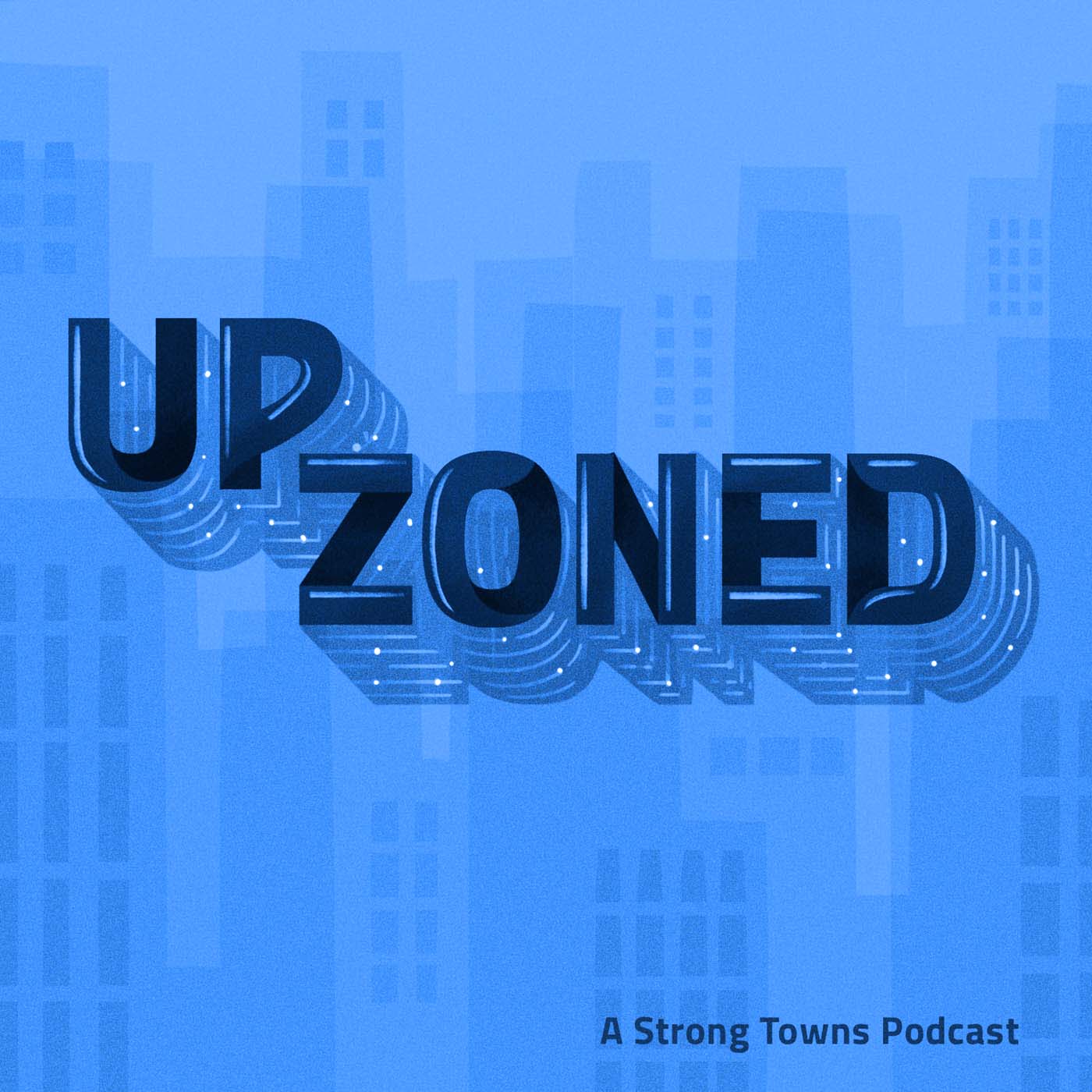Episodes

Wednesday Feb 03, 2021
What Can We Hope For from a Mayor Pete D.O.T.?
Wednesday Feb 03, 2021
Wednesday Feb 03, 2021
Strong Towns is a nonpartisan organization. Rigorously so. But it’s fair to say we allowed ourselves to be hopeful when then-President-Elect Joe Biden picked Pete Buttigieg to head the U.S. Department of Transportation. As mayor of South Bend, Indiana, Buttigieg assembled a brilliant team of people who broke with the status quo, slowed the cars, made walking and biking a priority, and helped revitalize that city’s downtown. A recent Washington Post headline summarizes it well: “In South Bend, Pete Buttigieg challenged a decades-old assumption that streets are for cars above all else.” The Post article begins this way:
For years, South Bend drivers held in their heads a magic number: Get the car to hit that speed, and you could whip through downtown without seeing a red light.
When Pete Buttigieg took office as mayor of the Indiana city in 2012, he changed that. He pitched a $25 million plan to convert downtown’s wide, one-way roads into two-way streets with bike lanes and sidewalks. He hoped making it safer to get out on foot would encourage more people to spend time and money in the area.
Some residents who were skeptical of the changes became converts: “Downtown was a ghost town. You wouldn’t go there after dark,” one man said. “The results speak for themselves. It’s more than just the number of businesses, it’s the feeling of it not being dead anymore.”
Every week on Upzoned, host Abby Kinney, an urban planner in Kansas City, and regular cohost Chuck Marohn, the founder and president of Strong Towns, take one story from the news and they “upzone” it—they examine it from the Strong Towns perspective. This week, they discuss the Washington Post article and why—in Chuck’s words—our cities need “a heaping helping of what South Bend did.”
Abby and Chuck talk about how for many years, South Bend, reeling from the effects of deindustrialization and depopulation, focused on speeding traffic: “building more and more lanes for fewer and fewer people.” Then they describe some of the changes Mayor Pete’s administration made and what cities can learn from South Bend’s example of doing much more with much less.
They also talk about what Strong Towns advocates can realistically hope for from a Mayor Pete D.O.T. On the one hand, Buttigieg says the South Bend program to slow cars and revitalize downtown will shape his approach to being Transportation secretary. (“It feeds my perspective on the value of local work around mobility,” Buttigieg told The Post. “I think a successful department is one that really empowers local leaders to makea and drive decisions that work in their communities.”) Yet, as Abby and Chuck describe, it will be a challenge to effectively allocate resources in a federal system designed for bad projects.
Then in the Downzone, Chuck talks about how he has been captivated by the GameStop/reddit story. And Abby is loving Skin in the Game, by the “patron saint” of Strong Towns thinking, Nassim Nicholas Taleb.
Additional Show Notes
-
Other Strong Towns articles on South Bend, Indiana
-
“6 Ingredients in a Troubled City's Impressive Recovery,” by Daniel Herriges
-
“You Can't Understand the Rust Belt Without Understanding Its Suburbanization,” by Daniel Herriges
-
"‘A High School Education and an Hour of Your Time,’" by Daniel Herriges
-
“The Bottom-Up Revolution is... Using Art and Stories to Strengthen Your City” (Podcast)
-
“The Case for Tactical Urbanism in the Age of Coronavirus,” by Joshua Pine
-


Comments (0)
To leave or reply to comments, please download free Podbean or
No Comments
To leave or reply to comments,
please download free Podbean App.